Cortical Networks and Oscillatory Dynamics
Within the concert of cognition, attention arises from the seamless coordination of interlinked cortical ensembles. Chief among these are the frontoparietal control network which orchestrates goal‐directed focus and the dorsal attention network, tasked with orienting toward relevant stimuli. These macro‐circuits communicate via rhythmic oscillations in distinct frequency bands, each serving a unique gating or facilitative role.
Oscillatory scaffolding unfolds across multiple tiers:
- Theta Band (4–8 Hz)
Theta oscillations, emanating primarily from midline frontal regions, function as temporal sequencers for cognitive operations. When you engage in deep, integrative thinking—such as constructing a complex argument or solving multipart puzzles—the frontal‐midline theta rhythm pulses in time with updates to working memory. Enhancing theta coherence can be achieved through paced breathing exercises at a 4-breaths-per-minute cadence (inhale-hold-exhale-hold cycles of 7.5 seconds each). This slow respiration entrains the anterior cingulate cortex, amplifying top-down control signals and reducing susceptibility to fleeting distractions. -
Alpha Band (8–12 Hz)
Alpha rhythms act as inhibitory gates over sensory cortices. When alpha power surges in occipital regions, irrelevant visual “noise” is suppressed, allowing the frontoparietal network to allocate resources to the task at hand. To upregulate alpha, practitioners can employ brief eyes-closed segments—30 seconds of silent contemplation interleaved every 10 minutes of work—or listen to 10 Hz isochronic tones via specialized neuroacoustic apps. Over sessions, these microdoses of alpha entrainment train the thalamocortical loops to better filter extraneous inputs. -
Cross-Frequency Coupling
High-order attentional control hinges on the interplay between slow and fast rhythms. For instance, theta-gamma coupling in prefrontal regions synchronizes local cell assemblies during complex encoding tasks, while alpha-beta interactions in parietal areas fine-tune sensorimotor readiness. To harness this, integrate short bouts of dual-task training—such as performing a 2-back memory challenge while tapping to a 12 Hz metronome. This engages both gating (alpha) and maintenance (theta/gamma) networks simultaneously, forging more robust cross-frequency connectivity. -
Practical Tip
Adopt a “3-3-3 Protocol”: three minutes of theta-paced breathing, followed by three minutes of silent focus with headphone-delivered alpha tones, and concluding with three minutes of eyes-open practice on your primary task. Repeat twice daily. This ritual conditions networks to shift rapidly between gating, maintenance, and execution modes, markedly boosting sustained concentration. -
Illustrative Anecdote
Dr. Kenzo Saito, a cognitive electrophysiologist, once struggled to isolate subtle event-related potentials amid noisy EEG recordings. He introduced a regimen of synchronized breathing and isochronic stimulation before each recording session. Within weeks, his alpha-band power during baseline rose by 20 percent, improving signal-to-noise ratio and revealing previously buried cortical signatures. This epiphany underscores how disciplined oscillatory modulation can unmask the full fidelity of attentional networks.
By deepening one’s mastery over these oscillatory dynamics through targeted breathing, neuroacoustic entrainment, and cross-frequency drills experts can sculpt the very rhythms that gate and sustain elite levels of focus.
Neurochemical Modulation
Underlying these electrical patterns is a delicate ballet of neurotransmitters. Dopamine fine‐tunes the salience of goal‐directed stimuli, while acetylcholine sharpens signal‐to‐noise ratios in sensory cortices. To optimize these chemical substrates, practitioners may employ dietary precursors—such as choline‐rich eggs or tyrosine‐laden pumpkin seeds—and consider judicious supplementation with citicoline or bacopa, always under expert supervision. These interventions create a fertile milieu in which attentional gains can take root.
Cultivating Mindful Metacognition
Focused Meta‐Awareness
Mindful metacognition entails observing one’s own attentional drift without judgment. During formal practice, direct your awareness to a neutral anchor—often the breath or a tactile sensation—while noting each time the mind migrates. Rather than berating the intrusion, simply label it “wandering” and return to your anchor. This iterative cycle strengthens the prefrontal “braking” mechanisms that forestall ruminative loops and fortifies the neural pathways of sustained concentration.
Journaling Attention Trajectories
Complement formal mindfulness with brief, structured journaling. After each practice session, record instances of egregious distraction alongside your affective valence at those moments. Over weeks, this log reveals patterns—perhaps certain emotional states or environmental contexts correlate with attentional lapses. By externalizing these triggers, you gain actionable intelligence for preemptive interventions.
Structured Attention Training
Pomodoro Variations
Time‐boxing methods such as the Pomodoro Technique segment work into discrete intervals—classically 25 minutes of focus followed by a 5 minute respite. Expert refinements include adaptive interval tuning based on ongoing performance metrics: shorten intervals when fatigue emerges, lengthen them as mastery deepens. Pair each cycle with a brief vestibular opener—standing stretches or gentle head rotations—to reset proprioceptive feedback loops between bouts.
Dual‐Task Conditioning
Incorporate dual‐task drills to enhance selective attention. For instance, listen to a droning ambient track while performing a reading comprehension exercise, or practice the “n‐back” working memory task during treadmill walking. These cross‐modal challenges train the brain to sustain focus under real‐world cacophony and strengthen the inhibitory networks that filter extraneous signals.
Cognitive Offloading Strategies
External Memory Palaces
When large information sets threaten to overwhelm working memory, translocate key nodes into spatial “memory palaces.” Assign vivid, idiosyncratic imagery to discrete loci within an imagined or physical environment. During concentration sessions, mentally “walk” the palace to retrieve data without cluttering your prefrontal workspace—freeing cognitive bandwidth for higher‐order synthesis.
Bullet Journaling for Focus
Implement a streamlined bullet journaling system dedicated solely to attentional tasks. Use rapid signifiers—such as an asterisk for priority focus blocks, a dash for ancillary notes, and an exclamation for emergent interruptions. At the close of each day, migrate incomplete items into tomorrow’s primary focus section. This ritual of externalization prevents “open‐loop” leakage, ensuring the mind can fully commit to current endeavors.
Coherent Breathing for Neural Entrainment
Resonance‐frequency breathing—inhale and exhale at equal counts (often five seconds each)—synchronizes cardiac vagal tone and bolsters heart rate variability (HRV). Elevated HRV correlates with enhanced executive function and stress resilience. Practitioners may pair coherent breathing with tactile anchors, such as placing one hand on the abdomen to heighten interoceptive feedback.
Progressive Muscle Focus
Conduct a rapid body‐scan interleaved with micro‐engagements: tense and relax key muscle groups for two seconds each while sustaining attention on the sensory shift. This somatic contrapuntal technique serves two functions—anchoring awareness in the present moment and dissipating subconscious somatic tensions that otherwise siphon attentional resources.
Environmental Architectures
Biophilic Workspace Curation
Incorporate fractal patterns, living plants, or running water elements to harness biophilic responses that lower cortisol. Position your workstation to minimize glare and maintain a 45° orientation away from high‐traffic zones. Use adjustable shelving to keep only immediate task materials within arm’s reach, decluttering peripheral vision and diminishing attentional pull from extraneous objects.
Acoustic Zoning
Create “focus zones” delineated by ambient soundscapes: low‐volume white noise or binaural beats can mask disruptive frequencies. For tasks demanding maximal precision, employ noise‐cancelling headphones or strategically placed acoustic panels. By tuning the auditory environment, you reinforce the brain’s natural propensity to group relevant sounds and discard irrelevant cacophony.
Digital Minimalism and Focus
Audit all software notifications, categorizing each by urgency and response standard. Disable or batch nonessential alerts; adopt a “release and review” protocol for email where you check messages only at predetermined intervals. This gross circumspection preserves the sanctity of sustained attention blocks.
Use dedicated “focus profiles” in your operating system that launch only the applications essential for a given task. Tools like distraction‐free writing modes and full‐screen code editors play a similar role. By eliminating iconographic and color‐triggered stimuli, you channel perceptual salience solely toward the current objective.
Nutritional and Neurochemical Supports
Glycemic Stability for Cognitive Continuity
Fluctuating blood glucose impairs concentration. Favor low‐glycemic index carbohydrates—such as steel‐cut oats and legumes—paired with protein and healthy fats to slow absorption. Small, frequent meals or targeted micro‐snacks (nuts, berry blends) prevent hypoglycemic dips that precipitate mental fog.
Nootropic Microdosing
Certain adaptogens and racetams may enhance attentional focus when used with precision. For instance, microdoses of lion’s mane mushroom extract can upregulate nerve growth factor, while piracetam purportedly increases membrane fluidity. These interventions require rigorous self‐monitoring, periodic washouts, and ideally expert consultation to avoid tolerance or adverse interactions.
Biofeedback and Neurofeedback Modalities
Wearable devices that track HRV offer real‐time windows into autonomic balance. Visualizing HRV trends during coherent breathing or focus tasks provides immediate reinforcement: as HRV climbs, so too does sustained concentration. Over time, you condition your body to self‐regulate and recognize the somatic markers of optimal focus.
EEG Neurofeedback
Consumer EEG headbands can train users to amplify alpha coherence or suppress theta intrusions associated with mind‐wandering. Through visual or auditory reward paradigms—such as a rising balloon graphic when alpha increases—practitioners iteratively sculpt their own neural oscillations, embedding attentional stability deep within cortical circuitry.
Temporal Structuring: Rhythms and Routines
Human cognition operates in ~90‐ to 120‐minute ultradian cycles. Align your work segments to these rhythms, alternating 90 minutes of deep engagement with 15 minutes of active rest—such as strolling or light stretching. Respecting innate oscillations prevents sharp attentional declines and sustains high‐quality focus throughout the day.
Ritualized Task Initiation
Develop a brief pre–focus ritual that gates each work session: cleanse your palate with a glass of water, perform a single minute of breath anchoring, then speak a concise intention aloud. By tethering mental readiness to consistent sensory cues, you create Pavlovian “focus triggers” that accelerate your entry into deep concentration.
The Role of Sleep and Recovery
Sleep Architecture Optimization
Slow‐wave sleep and REM phases are essential for memory consolidation and synaptic downscaling, respectively—both crucial for tomorrow’s focus capacity. Adhere to consistent bedtimes, dim ambient lighting two hours before sleep, and avoid stimulants late in the day. Consider gentle chronotherapy—gradually shifting your sleep window by 15 minutes nightly—to realign with your optimal chronotype.
Power Napping Protocols
A brief nap (10–20 minutes) in the midafternoon can rejuvenate prefrontal function without incurring sleep inertia. To standardize these micro-rest episodes, lie supine in a darkened room, use gentle white noise, and set a precise alarm. Repeated practice conditions your brain to enter and exit light non‐REM sleep swiftly, augmenting subsequent focus bursts.
Narrative Interlude: The Researcher’s Epiphany
Dr. Elise Nakamura, a cognitive neuroscientist, once struggled to parse complex electrophysiological data without succumbing to mental inertia. During a sabbatical amid the redwoods, she instituted a daily regimen combining coherent breathing, ultradian pacing, and ambient forest soundscapes. One crisp morning, engrossed in a thorny time‐series analysis, she noticed her mind gliding rather than flitting. That fluidity revealed subtle oscillations previously obscured. This breakthrough catalyzed her subsequent protocol—integrating somatic anchors with digital minimalism—which she now embeds in lab training worldwide.
Advanced Cognitive Hacking Methods
tACS devices deliver weak oscillatory currents synchronized to target brainwave frequencies. When calibrated precisely—for example, 10 Hz to bolster alpha coherence—tACS may transiently enhance network synchrony. While promising, this technique demands meticulous parameter control and should be reserved for expert-supervised settings to mitigate off-target effects.
Psychedelic‐Informed Microdosing
Preliminary research suggests that sub-perceptual microdoses of certain psychedelics may foster neurogenesis and attentional breadth. Practitioners report heightened cognitive flexibility and sustained focus. However, legal restrictions, individual variability, and potential risks require cautious exploration under medical oversight.
Integrating Focus Training into Daily Life
Attach each focus intervention to an established routine—for example, perform two minutes of coherent breathing immediately after your morning shower, or journal attentional triggers while awaiting your commute. These “habit stacks” leverage existing neural pathways, minimizing friction and bolstering long-term adherence.
Community Accountability Structures
Join or form “focus pods” where members commit to parallel deep‐work sessions, share progress logs, and troubleshoot obstacles. Synchronous group sprints harness social facilitation effects, increasing both motivation and mutual learning. Rotate leadership to sustain diversity of facilitation styles.
Measuring Progress and Sustaining Gains
Weekly reflective logs that capture subjective focus quality, distractor frequency, and emotional valence illuminate personal trajectories. Use simple scales (e.g., 1–5 for concentration depth) and annotate contextual variables such as time of day or ambient noise levels. Over months, these records reveal which practices yield the most potent gains.
Quantitative Performance Dashboards
Aggregate biometric data (sleep metrics) with productivity indicators (task completion rates, error counts) in a unified dashboard. Visualize correlations to pinpoint high-leverage interventions. For instance, you may discover resonance breathing sessions preceding work blocks consistently boost code debugging speed by 20 percent.
Conclusion
Holistic mastery of focus and concentration demands an integrative synthesis of neuroscience, mindful metacognition, somatic anchoring, environmental design, nutrition, technology, and social architecture. By systematically embedding these varied modalities into coherent daily protocols, experts can rewire their attentional networks, bolster resilience against distraction, and sustain peak performance. Begin with small, precise adjustments—coherent breathing, notification hygiene, micro journaling—and iteratively layer advanced techniques such as neurofeedback or tACS under appropriate supervision. Through disciplined practice, reflective measurement, and communal reinforcement, the mind’s capacity for deep concentration evolves from fleeting aspiration into an enduring cognitive asset.
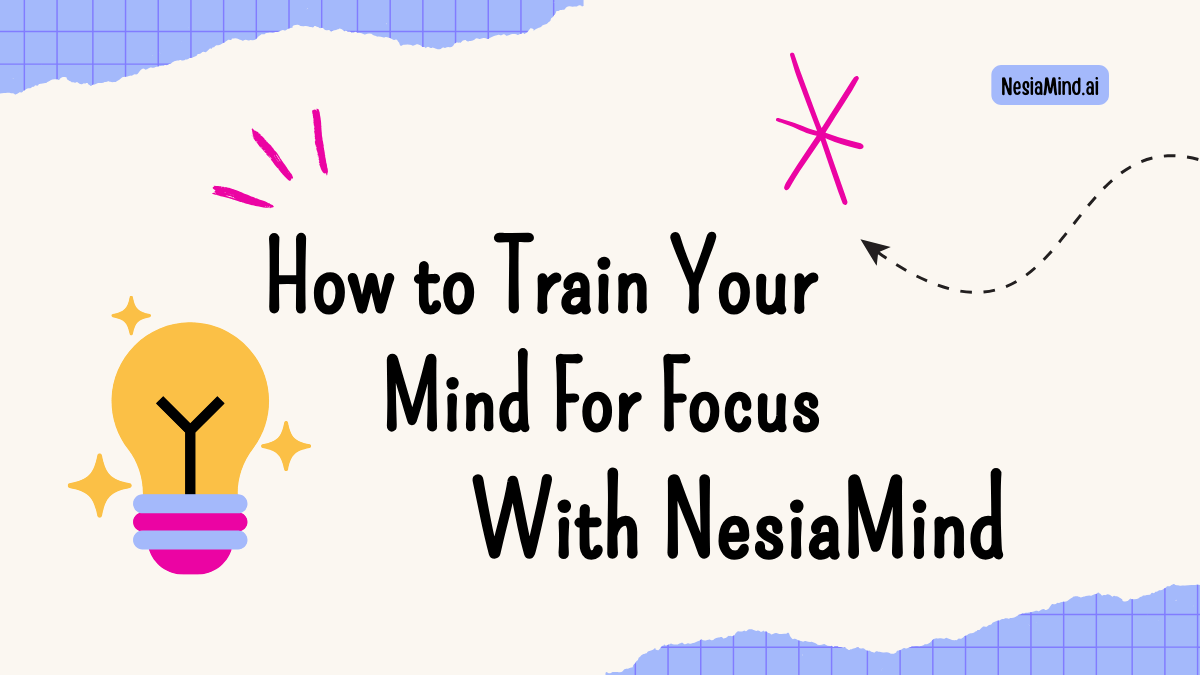
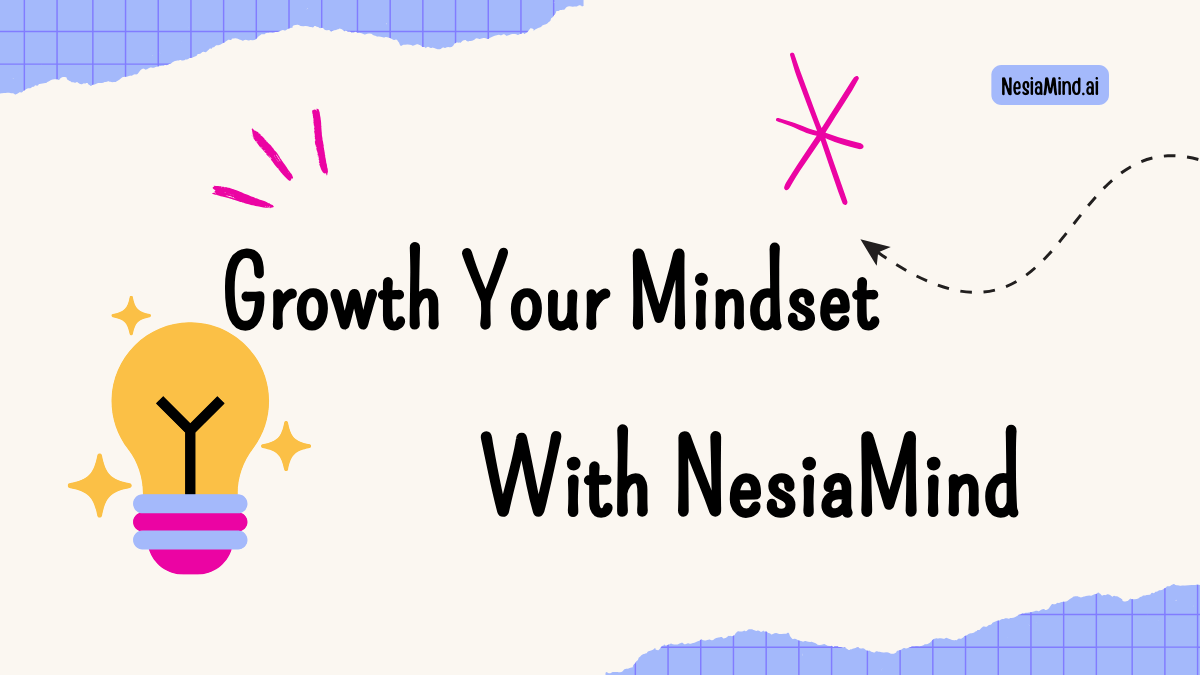
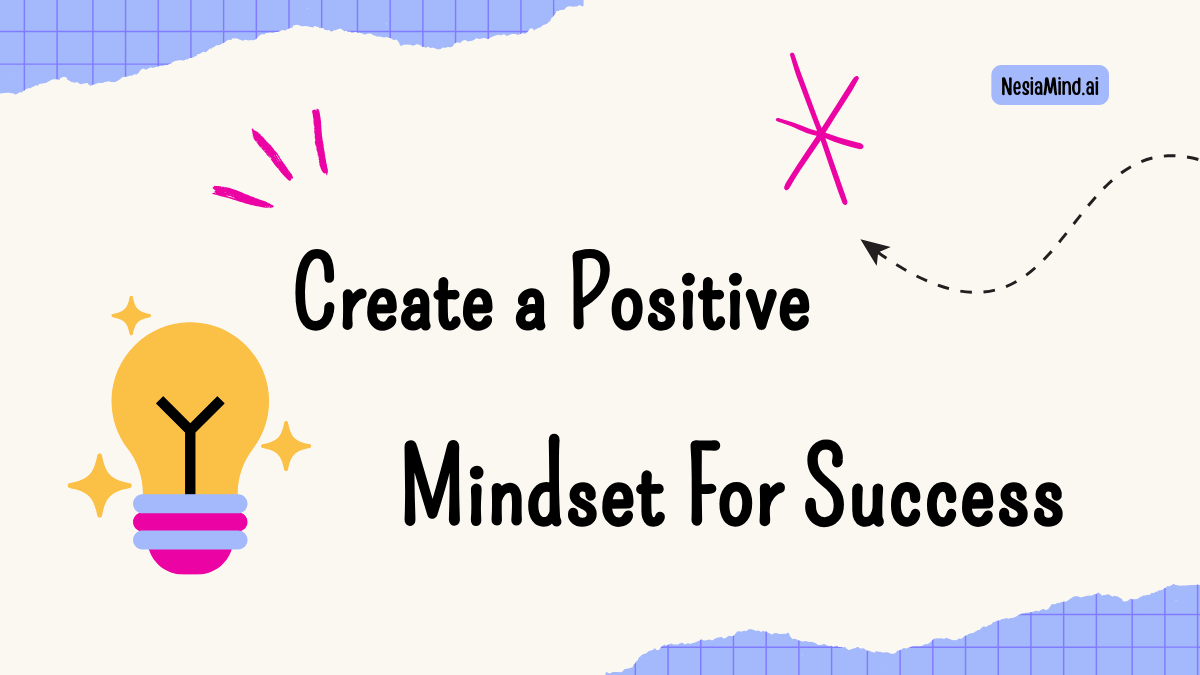
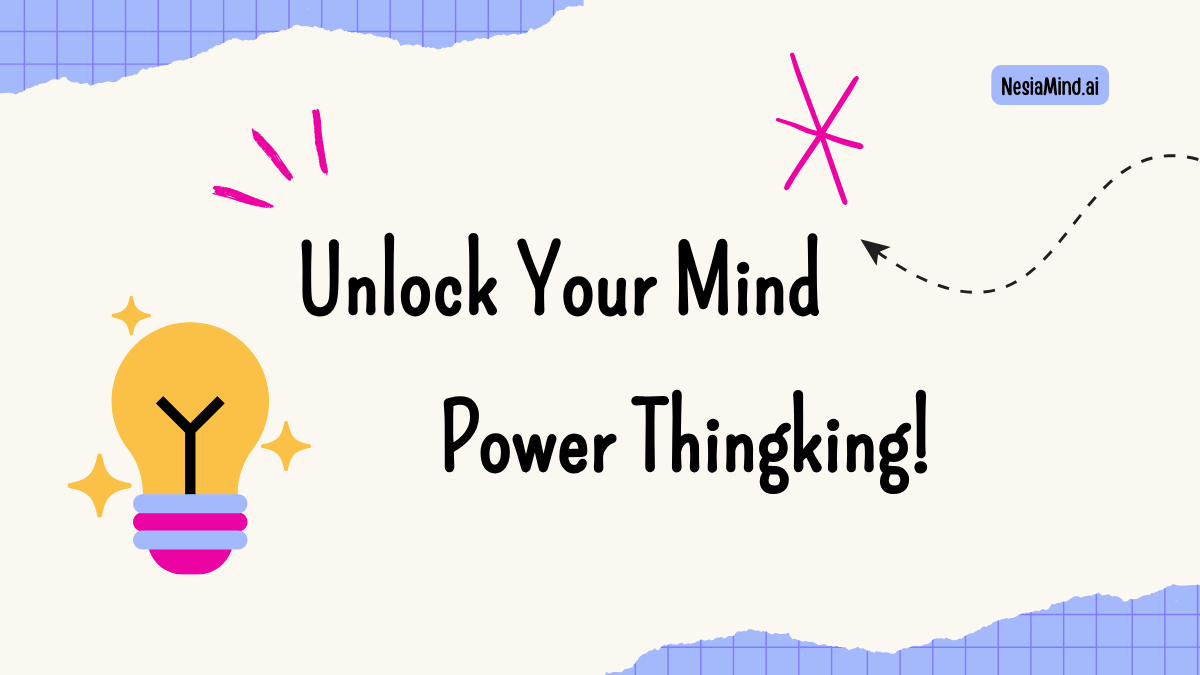
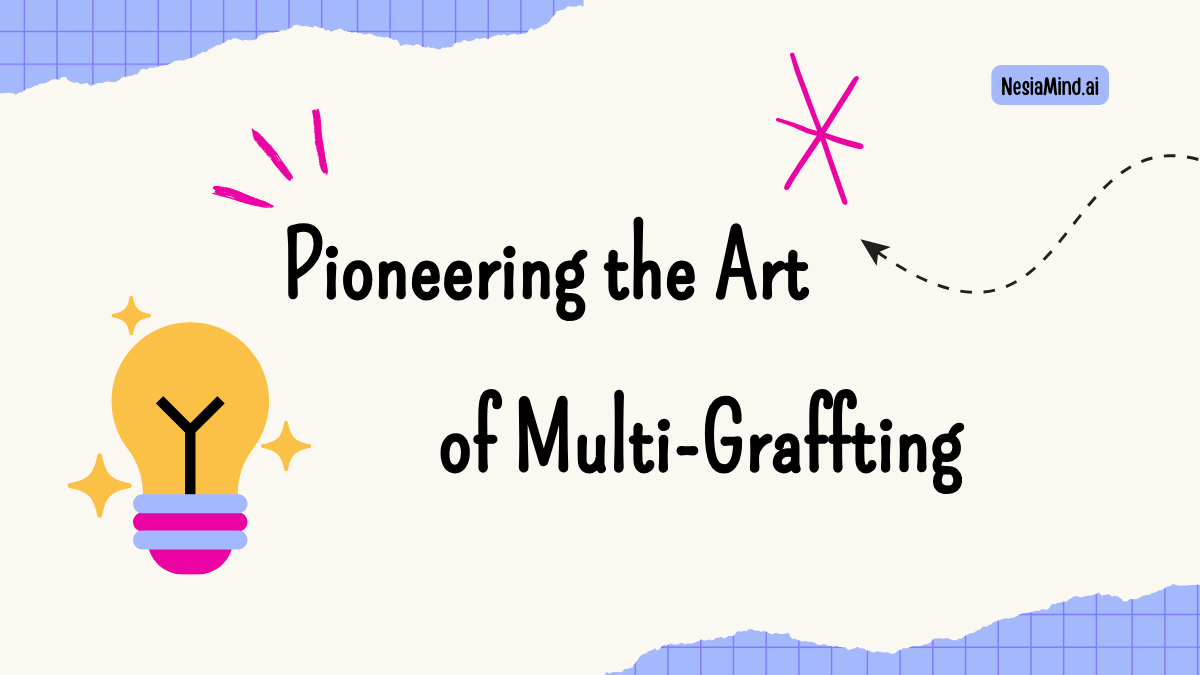

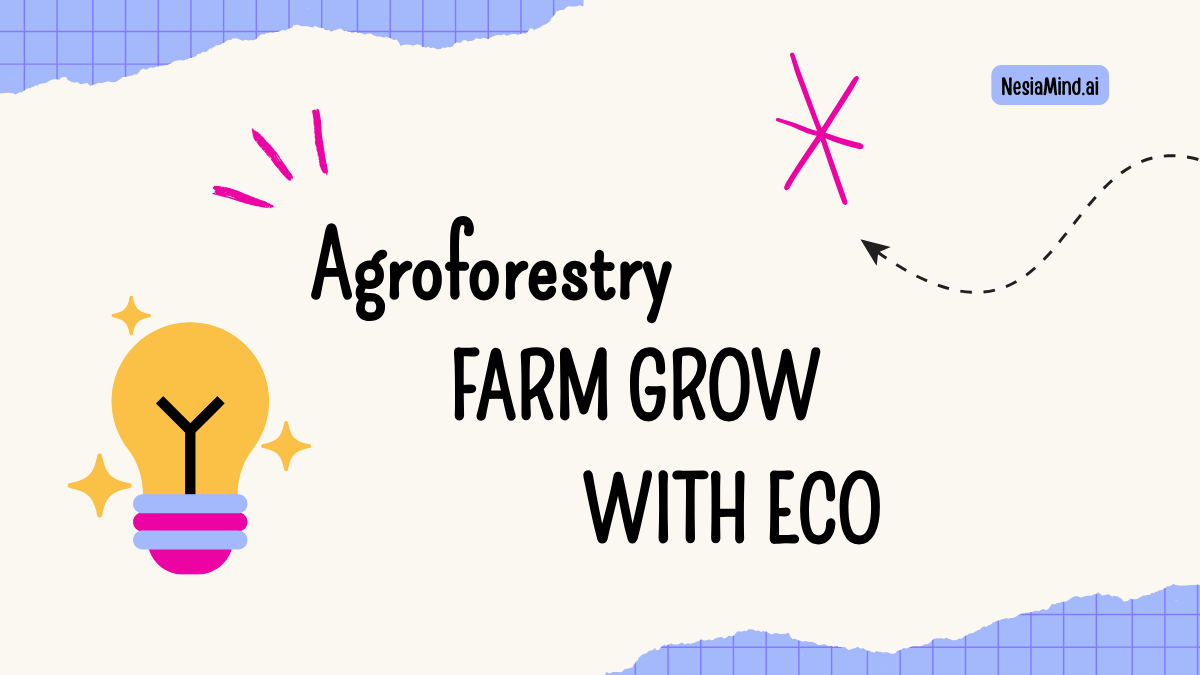
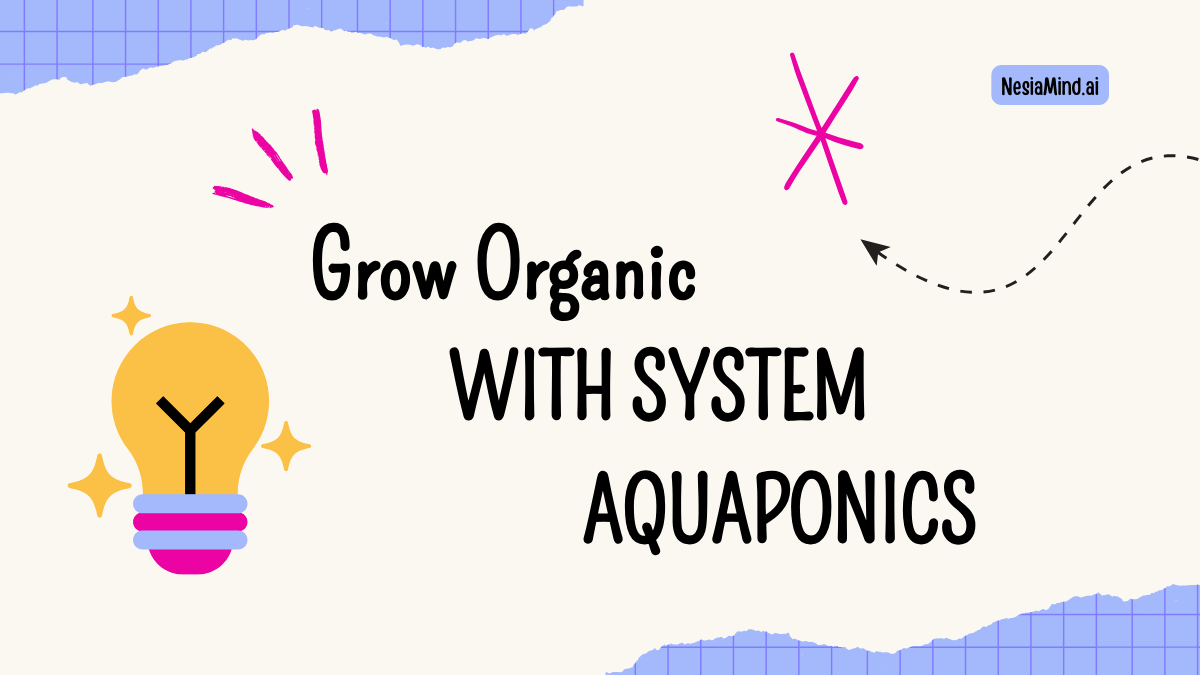

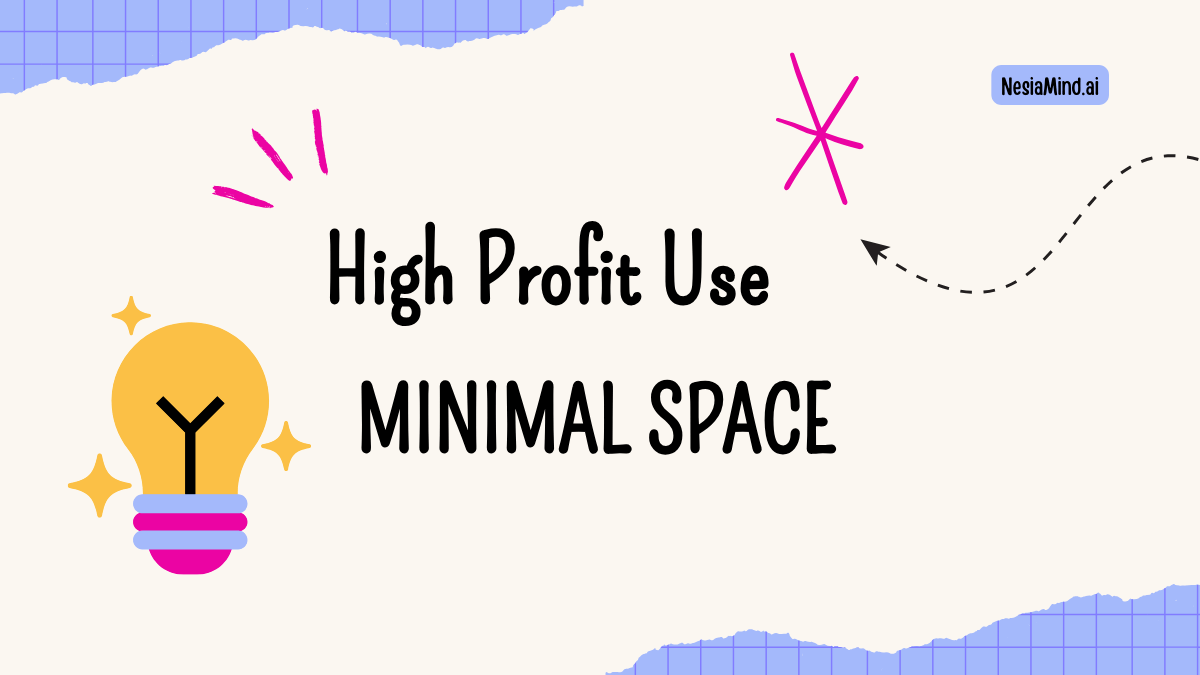
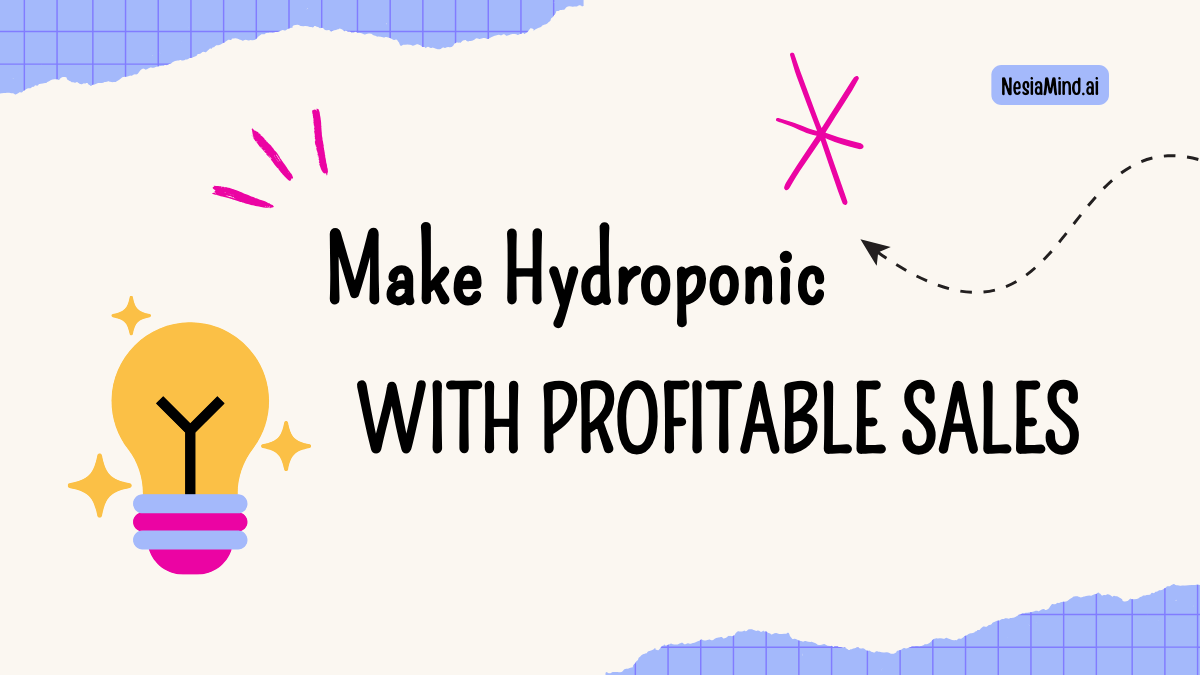
Leave a Reply